Background
In this unit, students will be using VEX GO to create a demonstration of the rotation of Earth. This rotation, along with the Sun, causes the day and night cycle and the apparent movement of the Sun across the sky. Students will create a VEX GO build to model this phenomenon and learn more about the rotation of the Earth and how it creates the recognizable patterns of day and night around the world.
What Causes Day and Night on Earth?
Day and night on Earth are caused by its rotation, which is like spinning on an imaginary line called an axis that runs from the North Pole to the South Pole. It spins on its axis, taking about 24 hours to make one complete spin. So, when one part of the Earth is facing the sun, it is daytime. And when that part of the Earth is facing away from the sun, it's nighttime.

The Earth's rotation started over 4.5 billion years ago and it was caused by the way the Earth was formed. When the Solar System was born, it started out as a big cloud of gas and dust. This cloud collapsed under its own gravity, and as it collapsed, it began to spin. This is due to a principle in physics known as the conservation of angular momentum.
Think about when you watch a figure skater spinning. When they pull their arms in, they spin faster. That's because they're conserving their angular momentum. The same thing happened with the cloud that became our Solar System. As it collapsed, it spun faster and faster. When the planets, including Earth, began to form from this spinning disk of material, they inherited that rotation. And once an object in space starts spinning, it tends to keep spinning. There's no air or ground in space to create friction, which is what usually slows things down on Earth. So, the Earth has been spinning ever since it was formed, which is what gives us our days and nights.
Calculating Earth's Rotation
In Lab 2, students will investigate why it appears that the Sun is moving across the sky throughout the day. They will use VEXcode GO to model the rotation of the Earth one hour at a time. Students will use the [Spin for] block in order to rotate the Earth in 15 degree increments. 15 degrees was determined through the following calculation:
360 degrees / 24 hours = 15 degrees/hour
Because the Earth completes a 360 degree rotation every 24 hours, you can calculate that the Earth rotates 15 degrees for every hour.
Common Misconceptions About Earth's Rotation
As students begin to build understandings about the Earth’s rotation, there are certain misconceptions that frequently arise. It is important to dispel the misconceptions early on, so that they do not cause more confusion as work gets more complex.
Misconception: “The Sun is moving around the Earth to create day and night”
It is easy to see how students might fall into this misconception since they see the movement of the Sun across the sky each day, so it gives the appearance of rotating around the Earth. In reality, the Earth is both rotating around its axis but also revolving around the Sun. By modeling the day and night cycle with students in this STEM Lab, they will be able to visualize the movement of the Earth’s rotation and better understand the connection between the rotation and day and night.
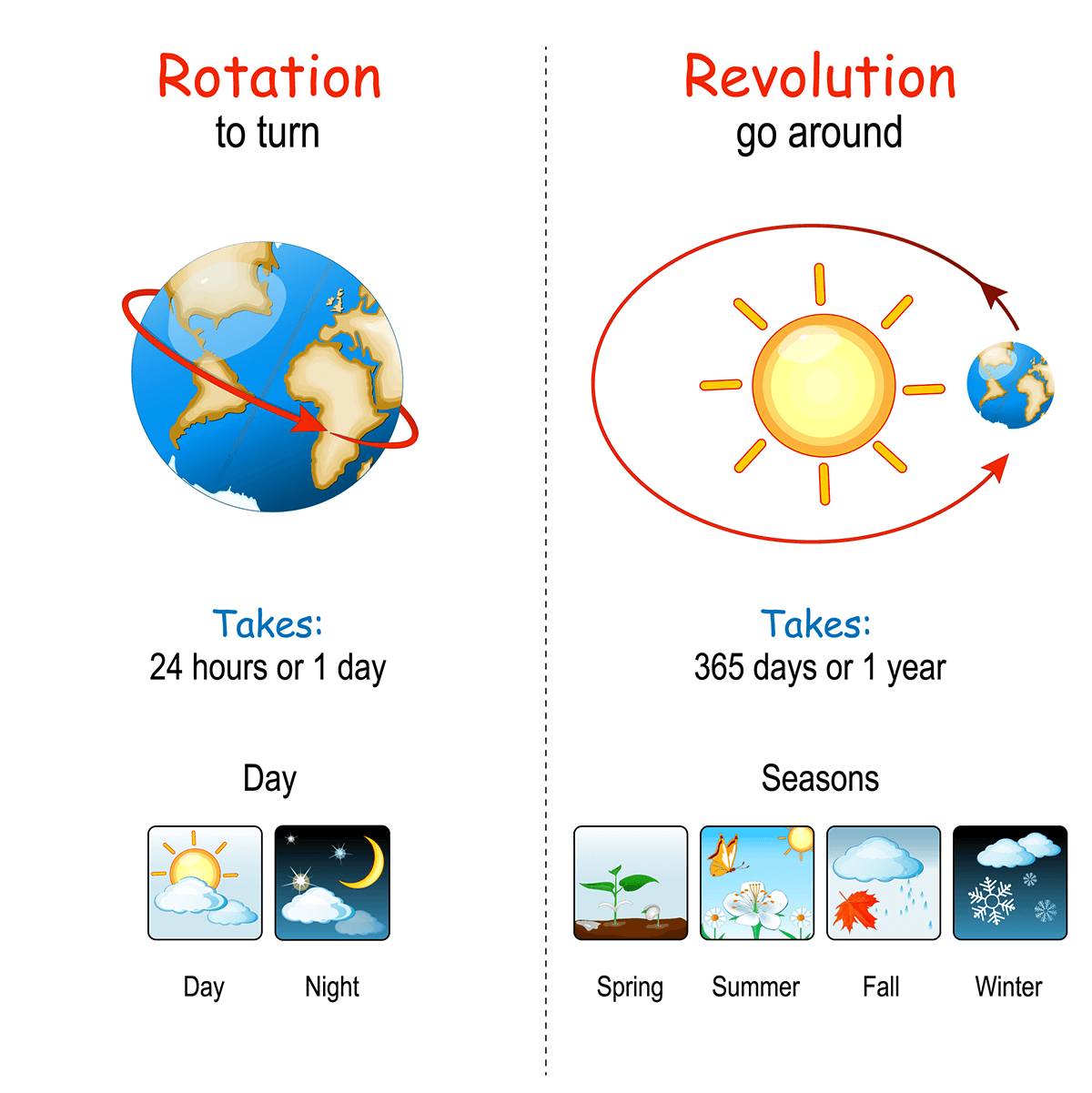
Misconception: “All places experience day and night at the same time”
Some students believe that when it's day in one part of the Earth, it's day everywhere else too, and the same for night. However, day and night are experienced at different times across the globe due to the Earth's rotation. This misconception frequently goes with misunderstandings about times and time zones. Keeping a visual reminder of the different times around the globe can help to remind students that day and night is relative to where you are on the Earth’s surface. Clocks set to different time zones or checking live camera feeds around the world is a great way to remind students about the different areas in the Earth experiencing different times of day or night.
Remember, understanding these concepts takes time and it's okay if students don't get it right away. Use different teaching methods to reinforce the idea and over time, the correct understanding should replace the misconception.
What is VEXcode GO?
VEXcode GO is a coding environment that is used to communicate with VEX GO robots. Students use the drag and drop interface to create VEXcode GO projects that control their robots actions in Lab 2. Each block’s purpose can be identified using visual cues such as its shape, color, and label. For more information on how to work with VEXcode GO, see the VEXcode GO Section of the VEX Library.
The blocks in VEXcode GO represent robot commands that are used to create a project in VEXcode GO. Below is a list of the main blocks used during this Unit.
| VEXcode GO Blocks | Behaviors |
|---|---|
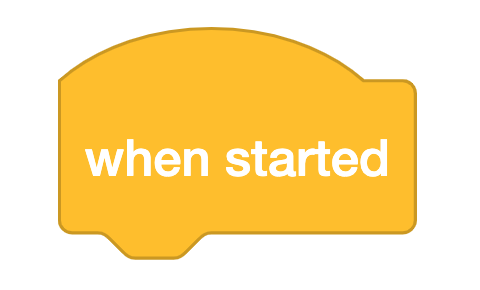 |
The {When started} block begins running the attached stack of blocks when the project is started. |
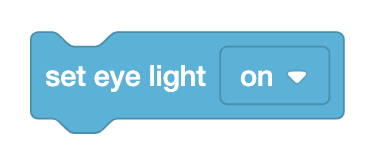 |
The [Set eye light] block sets the light on the Eye Sensor to on or off. |
 |
The [Spin for] block spins a Motor for a given distance |
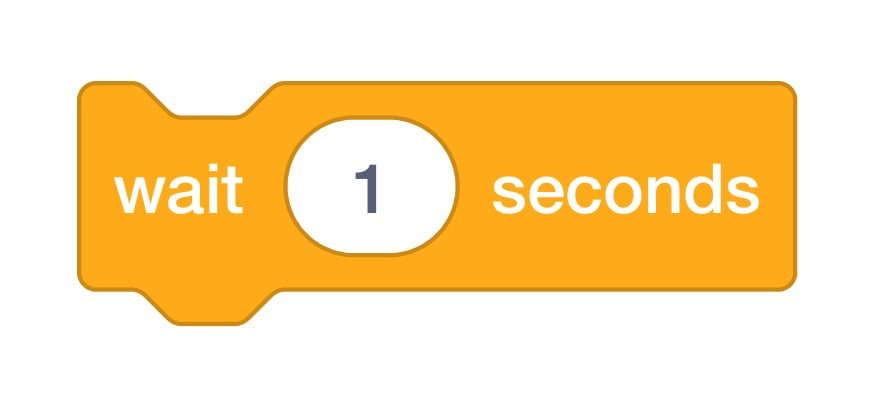 |
The [Wait] block waits for a specific amount of time before moving to the next block in a project. |
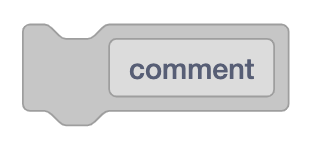 |
The [Comment] block allows you to write information to help describe what you want to happen in your project. |